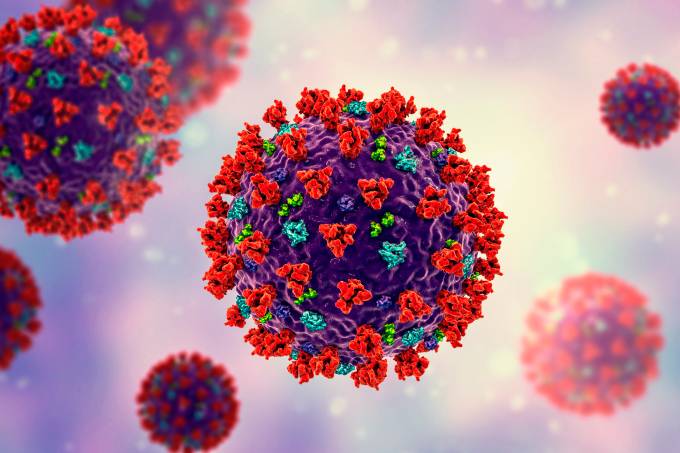Protocol Detail


SPINAL CORD INJURY
Emergency signs and symptoms of a spinal cord injury after an accident may include: Extreme back pain or pressure in your neck, head or back. Weakness, incoordination or paralysis in any part of your body. Numbness, tingling or loss of sensation in your hands, fingers, feet or toes. Loss of bladder or bowel control.
Diagnosis
Diagnosis usually obvious from history, Mechanism Of Injury & clinically BUT have a high index of suspicion or will miss it.
Pain at the fracture site may not be a severe.
Level of injury is determined by the highest fully intact myotone & dermatome level. Any function below this implies a partial injury that has a more favorable outcome.
Reflexes tend to be absent at first.
Don’t forget to test the anal sensation & tone/contraction.
Beware of Spinal Cord injury without radiological abnormality (SCIWRA) especially in children- requires MRI after normal CT
Management
1. Immobilization in supine position.
2. Control mobility with strapping & hard cervical collar +/- intubation with rapid sequence induction & ventilation,
3. ABC’s (spinal injury commonly associated with airway obstruction & hypoventilation),
4. Resuscitation as indicated,
5. Intubation & ventilation if respiratory compromise – with & Atropine prior to suction/ intubation (prevents further bradycardia), NOT use Suxamethonium as can precipitate sudden hyperkalaemia & cardiac arrest.
6. IV acces (large bore canula)
7. FBC, U&E’s, LFT’s, Group an Retain cross-match as indicated,
8. Nasogastrict tube & keep NPO
9. Cathetrise patient
10. Cervical Spine X-Rays/ CT, Supine CXR,
11. IV fluids to maintain Systolic BP at 80 mmHg or above. Low Systolic BP with tachycardia is NOT due solely to spinal shock). Beware of over infusion.
12. Bradycardia needs correction with Atropine 0.5-1.0mg if HR <50 bpm,
13. Consider use of ionotropes if abdequate perfusion pressure cannot be maintained or produce urine after hypovolaemia is corrected,
14. Carefully & closely monitor body temperature,
15. Steroids are not generally recommended but use if advised to do so,
16. Immobilize & DON’T attempt to reduce fractures. Only consider application of skeletal traction & reduce on direct advise of the Medical Officer.
17. Arrange for expedient transfer (Decompression should preferably occur within 8 hours if possible & needed).









